Amazon Launches “Seller Challenge” for Enhanced Enforcement Appeals via Account Health Assurance
Reading Time: 3 minutesAmazon has rolled out a new “Seller Challenge” feature for eligible Account…
Consumers will increasingly rely on generative AI—via chatbots, assistant tools, or AI-augmented browsers—for product research, deal hunting, recommendations, and inspiration. Hence, you must optimize for AI referrals by ensuring product catalogs and site structures are AI-friendly with well-annotated, structured metadata.
Deep discounts will drive seasonal purchase decisions—electronics are expected to see up to 28% off, with similar markdowns in key categories. Adobe also forecasts a “trade-up effect,” where shoppers use discounts to buy higher-end products in categories such as electronics, appliances, and sporting goods.
Mobile devices are projected to account for 56.1% of total online holiday spending. With BNPL adoption rising, offering flexible checkout options will become a key differentiator for retailers.
With AI boosting discovery and more online traffic, competition for visibility and conversions will intensify. Retailers must invest in AI-led personalization, dynamic pricing, and smarter advertising strategies. Your margins may face pressure due to discounts, inflation, higher shipping costs, and potential tariff effects flagged by Adobe.
Bottom Line: Adobe’s forecast suggests 2025 could be the first truly AI-powered holiday shopping season in the U.S., with AI as a core discovery channel. Retailers who align product data, UX, promotions, and analytics with AI will have a clear edge in visibility and conversions this season.
Source: TechCrunch

Reading Time: 3 minutesAmazon has rolled out a new “Seller Challenge” feature for eligible Account…

Reading Time: 3 minutesWalmart Marketplace has sharpened its requirements around product classification (category, type group,…

Reading Time: 3 minutesJust ahead of Black Friday, Amazon is enforcing tighter controls on its…

Reading Time: 11 minutesWhere holiday prep of past years focused on legacy channels like Amazon,…
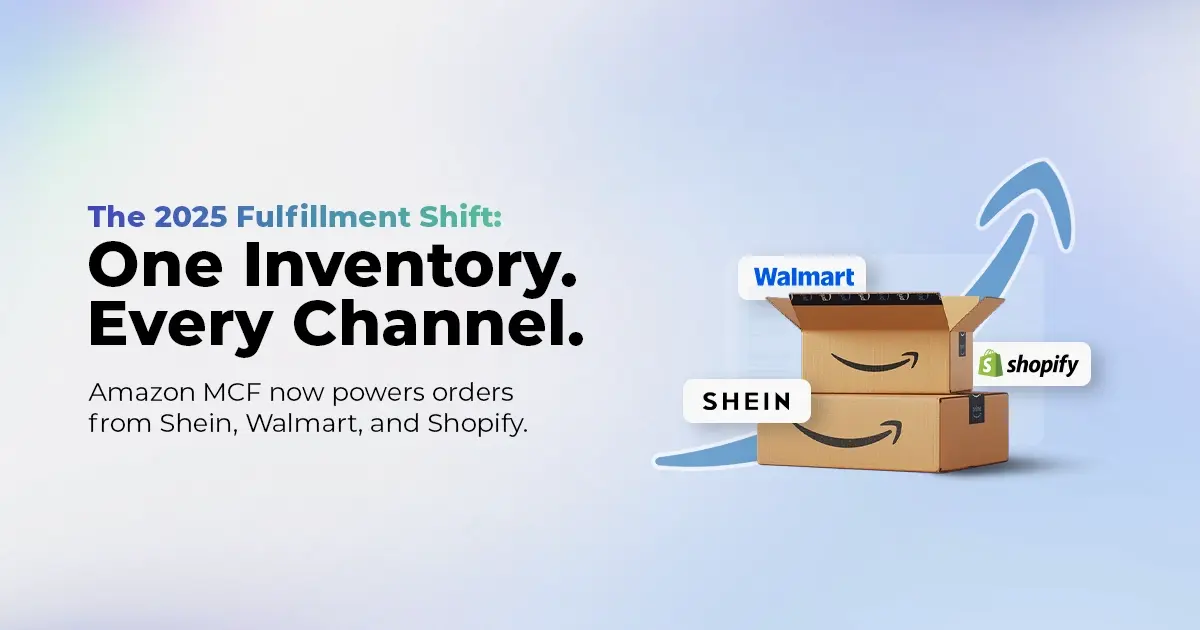
Reading Time: 11 minutesThe eCommerce shift you actually need to act on Multi-channel fulfillment has…
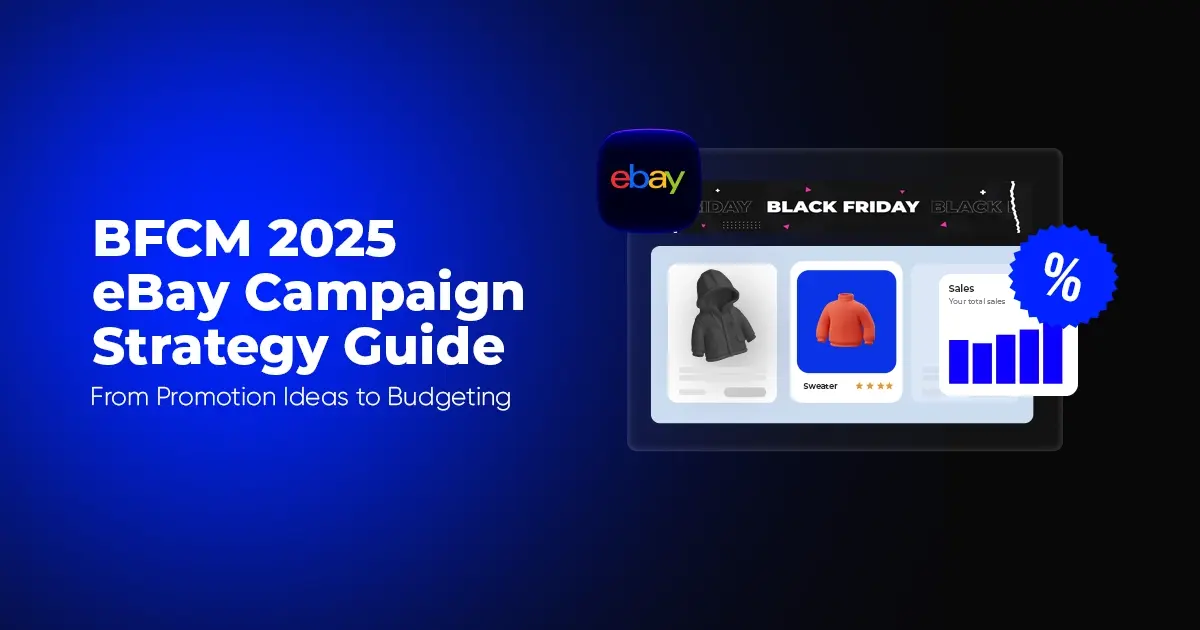
Reading Time: 10 minutesBlack Friday Cyber Monday (BFCM) isn’t a weekend anymore; it’s a two-month…

Reading Time: 2 minuteseBay is quietly testing a new feature that could reshape how buyers…

Reading Time: 2 minutesAmazon is stepping into a new era of value commerce with the…
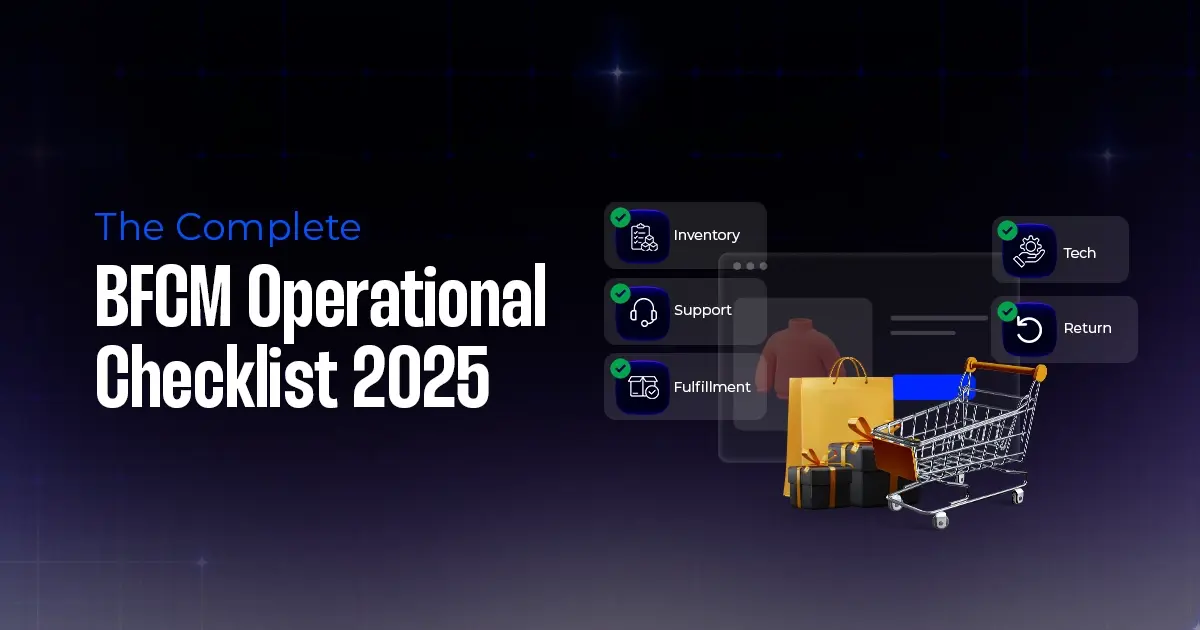
Reading Time: 11 minutesThe $240 Billion BFCM Opportunity & Why Operations Matter Every seller, business,…

Reading Time: 7 minutesTL;DR — Your 60-Second BFCM Battle Plan Time remaining: 3 weeks until…

Reading Time: 2 minutesChina’s Double 11 shopping festival — the world’s largest annual online retail…

Reading Time: 2 minutesAs the holiday season approaches, TikTok Shop has released its September 2025…

Reading Time: 3 minutesIn a continued effort to enable sellers and stimulate new product launches…

Reading Time: 2 minutesAs global trade enters a new phase of regulation and cost restructuring,…

Reading Time: 2 minutesOpenAI Turns to Amazon Web Services in $38 Billion Cloud Deal: What…

Reading Time: 4 minutesAbout the Client TMRG is a global health and wellness brand with…

Reading Time: 2 minutesAmazon Begins Quarterly Tax Reporting to China: A New Era of Cross-Border…
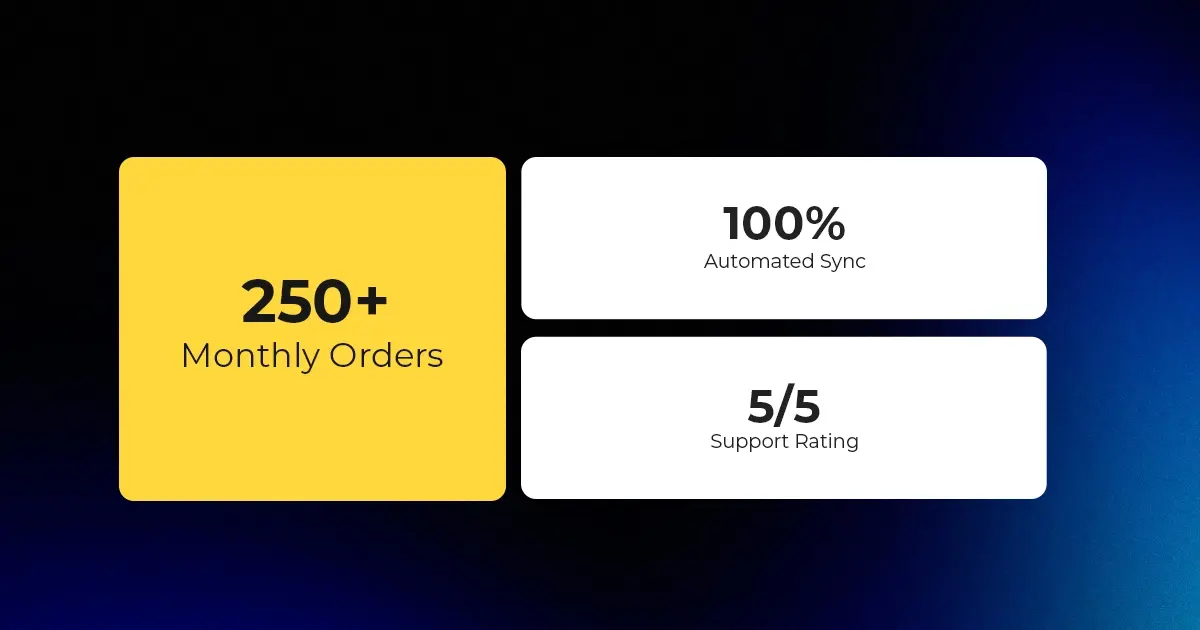
Reading Time: 2 minutesAbout the Brand Name: Stylecraft Industry: Home Décor & Lighting Location: US…
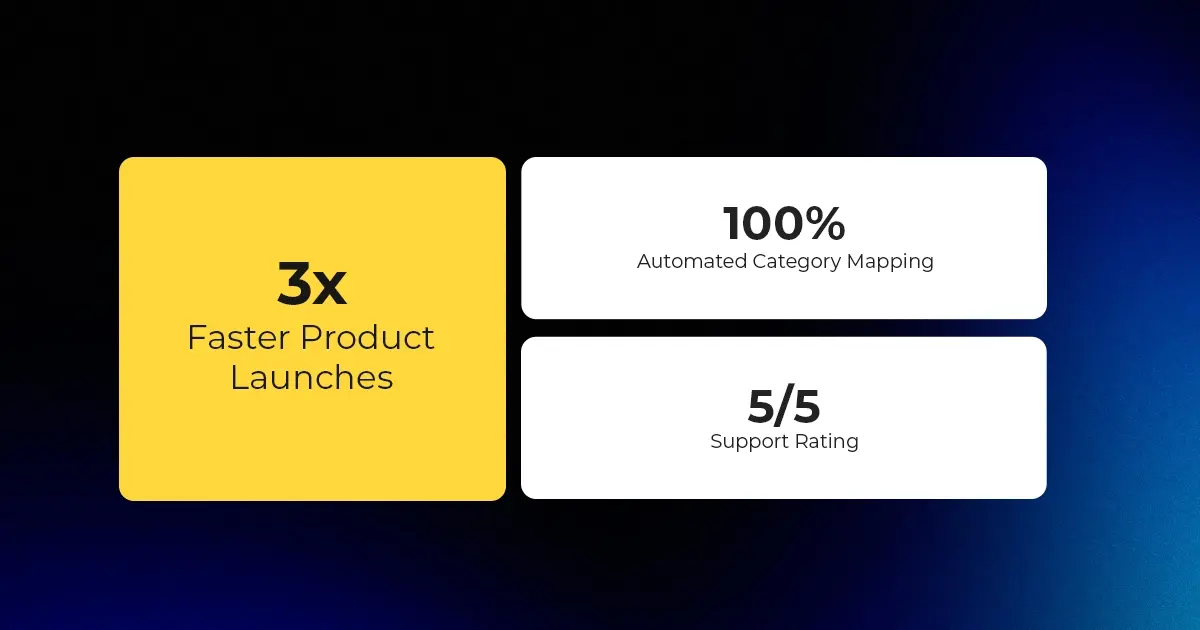
Reading Time: 2 minutesAbout the Brand Name: Flag Agency Industry: Digital Retail & Brand Management…
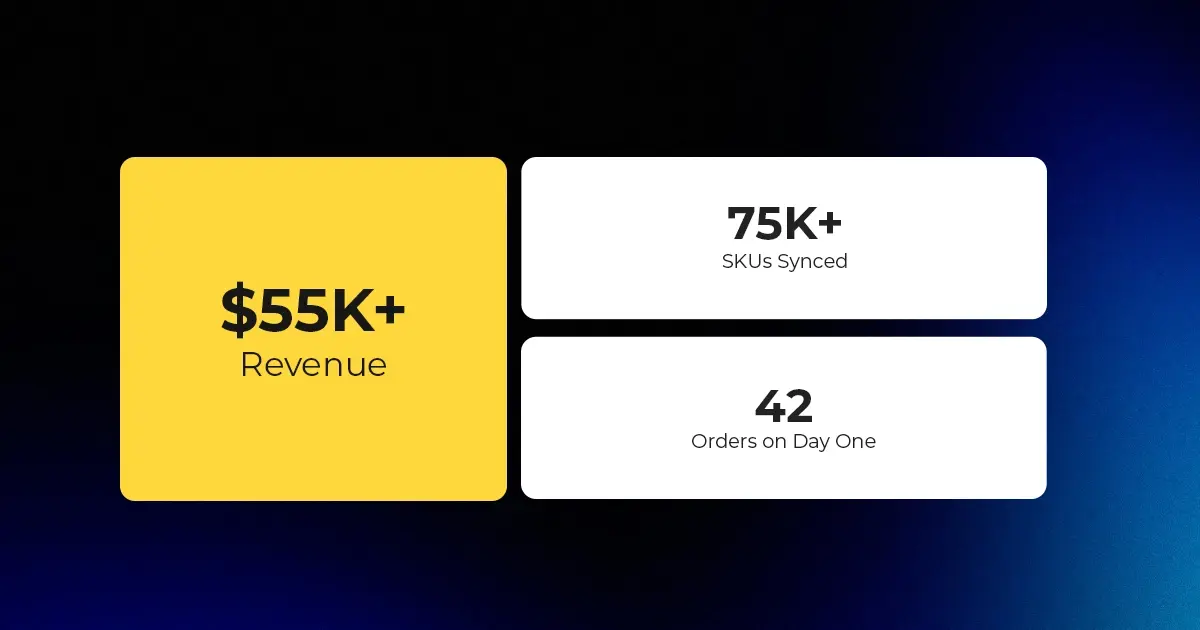
Reading Time: 2 minutesAbout the Brand Name: Stadium Goods Industry: Sneakers, Apparel & Collectibles Location:…